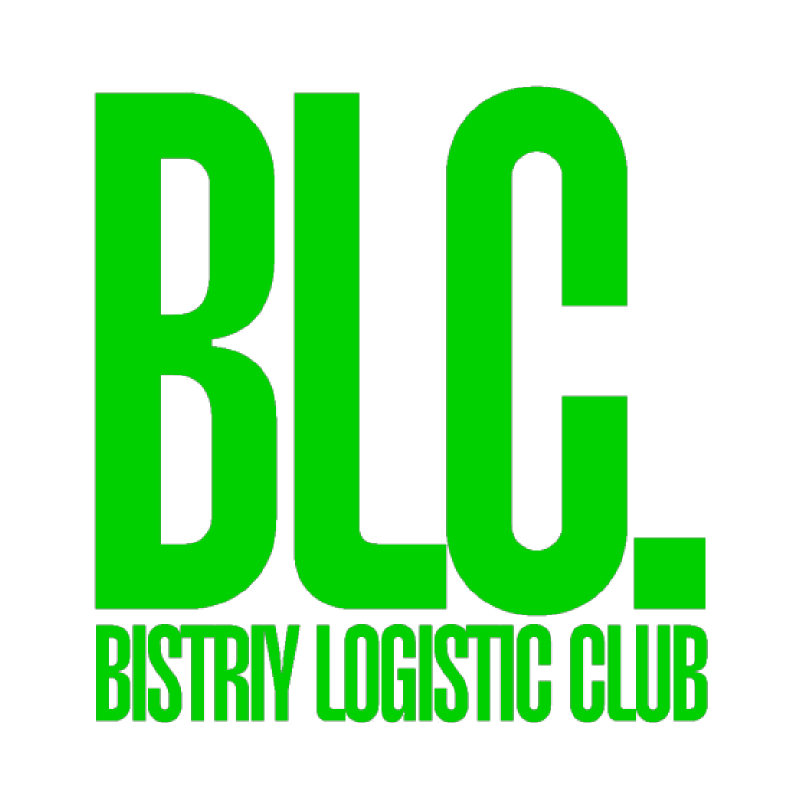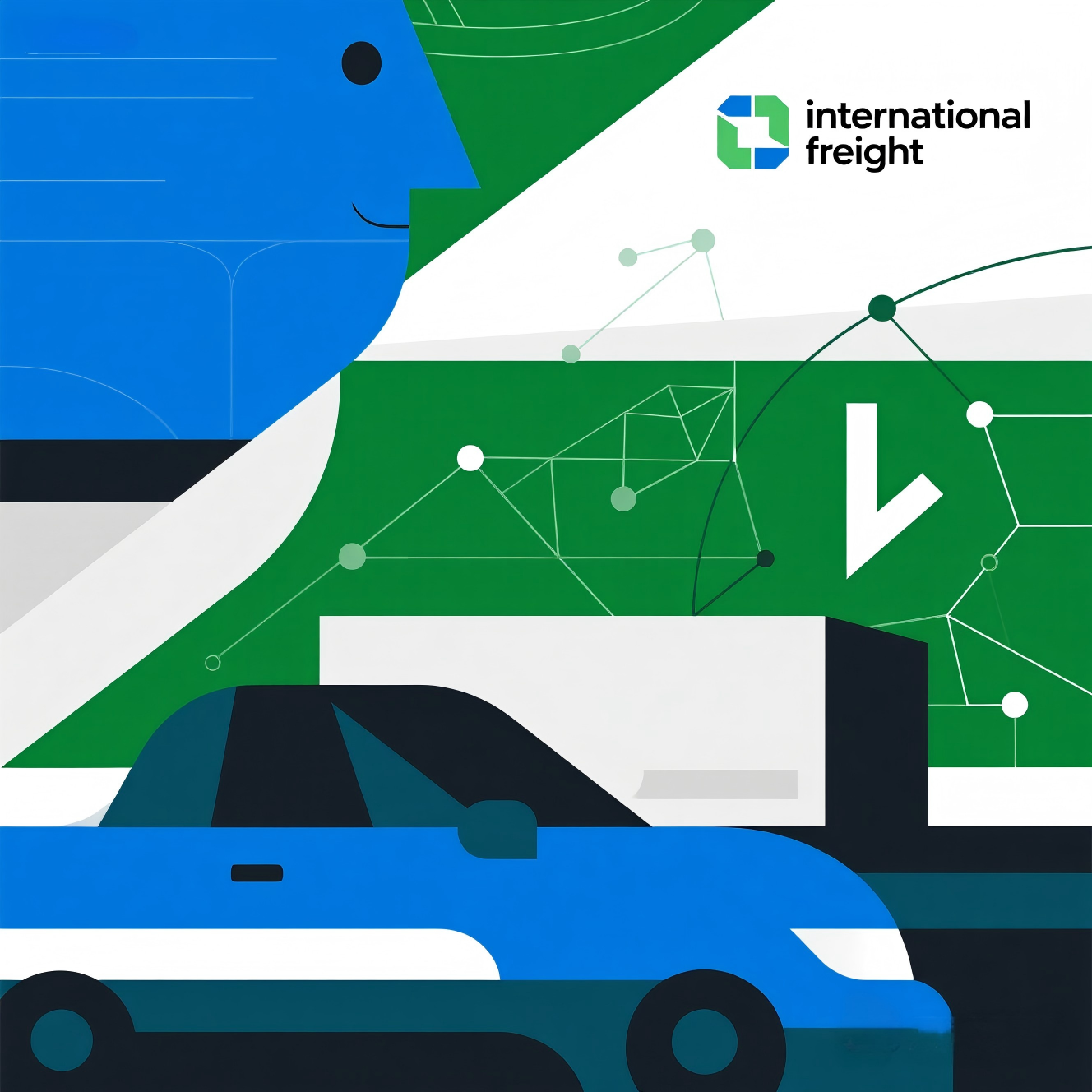Revolutionizing Business Communication with Advanced AI Translation
In today's globalized business landscape, effective communication across language barriers has become crucial for corporate success. AI translation tools have emerged as game-changers, offering sophisticated solutions that combine neural networks, machine learning, and natural language processing to deliver increasingly accurate translations. As organizations expand their international presence, these innovative technologies are becoming indispensable for streamlining multilingual communications while maintaining cost efficiency.
The evolution of AI translation tools has transformed them from simple word-for-word converters into context-aware language solutions that understand nuances, industry-specific terminology, and cultural sensitivities. For businesses seeking to leverage these capabilities without straining their budgets, several free options provide remarkable functionality that rivals their paid counterparts.
Essential Features of Modern AI Translation Platforms
Real-Time Translation Capabilities
Modern AI translation tools excel in providing instantaneous translations across multiple platforms. This real-time functionality enables smooth communication during international video conferences, instant messaging, and live customer support interactions. The ability to translate conversations on the fly has become particularly valuable for global teams collaborating across time zones and language barriers.
Advanced features like speech recognition and text-to-speech conversion further enhance the user experience, allowing for seamless verbal communication between parties speaking different languages. This technological breakthrough has revolutionized how international businesses conduct meetings and negotiations.
Language Accuracy and Cultural Adaptation
Today's AI translation tools employ sophisticated algorithms that consider context, idioms, and cultural nuances. These systems continuously learn from user interactions and corrections, resulting in increasingly accurate translations that maintain the intended meaning and tone of the original message.
The integration of machine learning enables these tools to adapt to specific industry terminology and company jargon, making them particularly valuable for specialized business communications. This adaptive capability ensures that technical documents, legal contracts, and industry-specific content are translated with precision and reliability.
Leading Free AI Translation Solutions
Google Translate for Business
Google Translate stands out as one of the most widely used AI translation tools, supporting over 100 languages and offering integration with various business applications. Its neural machine translation system provides sophisticated translations that consider context and sentence structure, making it particularly effective for general business communication.
The platform's ability to translate documents while maintaining formatting, coupled with its mobile app functionality, makes it an invaluable tool for professionals on the go. Its image translation feature adds another layer of utility, allowing users to instantly translate text from photos of documents, signs, or presentations.
DeepL Translator Free Version
DeepL has gained recognition for its exceptional accuracy in translating complex texts and professional documents. The free version offers access to state-of-the-art neural network translation technology that excels in maintaining natural language flow and professional tone in business communications.
What sets DeepL apart is its ability to capture subtle nuances and provide alternative translation suggestions, enabling users to select the most appropriate version for their specific context. This feature is particularly valuable for crafting precise business correspondence and marketing materials.
Integration and Implementation Strategies
Seamless Workflow Integration
Successful implementation of AI translation tools in corporate environments requires careful consideration of existing workflows and systems. The most effective approach involves identifying key communication touchpoints and integrating translation capabilities directly into commonly used platforms and applications.
Organizations should focus on creating standardized processes for different types of translation needs, whether it's real-time communication, document translation, or website localization. This systematic approach ensures consistent usage and maximizes the benefits of these powerful tools.
Training and Best Practices
To optimize the use of AI translation tools, companies should invest time in training employees on proper usage and best practices. This includes understanding the strengths and limitations of different tools, knowing when human translation might be necessary, and learning how to effectively proofread machine-translated content.
Establishing guidelines for quality control and maintaining glossaries of company-specific terms can significantly improve translation accuracy and consistency across all business communications. Regular updates and feedback sessions help refine these practices over time.
Future Trends and Developments
Enhanced Neural Networks
The future of AI translation tools looks promising with advances in neural network technology. Upcoming developments suggest even more sophisticated language processing capabilities, improved context understanding, and better handling of industry-specific terminology. These advancements will lead to more accurate and nuanced translations that better serve business needs.
Experts predict that future iterations will feature improved ability to maintain brand voice across languages, better emotional intelligence in translation, and more sophisticated handling of cultural nuances. These developments will make AI translation tools even more valuable for corporate communications.
Multimodal Translation Capabilities
The next generation of AI translation tools is expected to offer enhanced multimodal translation capabilities, combining text, speech, and visual elements. This evolution will enable more comprehensive communication solutions that can handle various content types simultaneously, making them even more valuable for modern business environments.
As these technologies continue to evolve, we can expect to see more sophisticated features like real-time translation of visual content in video conferences, automated subtitling, and enhanced support for industry-specific terminology and regulations.
Frequently Asked Questions
How accurate are free AI translation tools for business use?
Free AI translation tools have achieved impressive accuracy levels, typically ranging from 85% to 95% for common business communications. However, accuracy can vary depending on the language pair, technical complexity of the content, and specific tool being used. For critical business documents, it's recommended to have a native speaker review the output.
Can AI translation tools handle industry-specific terminology?
Modern AI translation tools are increasingly capable of handling specialized terminology, especially when consistently used within a specific context. Many tools allow for custom dictionaries and glossaries to be created, helping maintain accuracy with industry-specific terms and company jargon.
What security measures are in place for sensitive business information?
Free AI translation tools typically offer basic security features, but it's important to review their privacy policies and data handling practices. For sensitive business information, consider using enterprise versions of these tools or implementing additional security measures. Some tools offer offline modes or specific business versions with enhanced security features.


